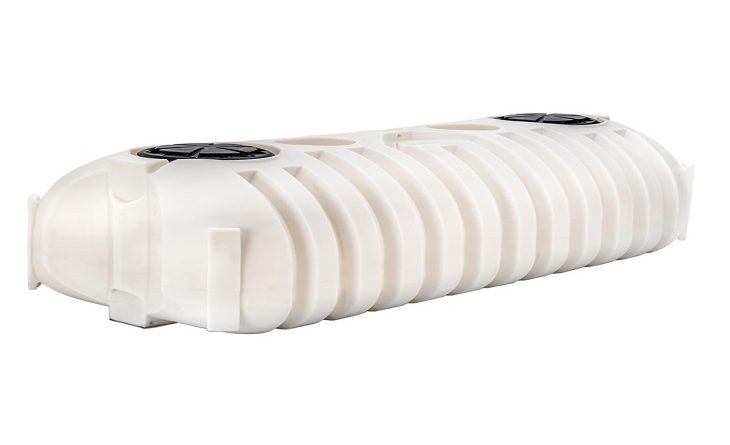
Harvesting rainwater and storing water from other sources are the primary reasons people invest in storage tanks. The two main types of tanks are above-ground tanks and in-ground tanks. While both have their benefits, the latter is ideal for confined spaces because they don’t take any room above the surface. Their concealed nature also means that they don’t disrupt a landscape’s outlook.
Despite its many benefits, is an in-ground water tank safe? The two main factors regarding the safety of underground tanks are the integrity of the structure and how suitable the water for human consumption.
What Affects the Integrity of an In-ground Tank?
The most common materials used for constructing underground tanks are concrete, metal, and plastic.
Concrete tanks are the safest and most expensive. Although they take time to complete, they also have the longest lifespan. The robust nature and the extra support provided by steel reinforcements allow the tank to withstand the pressure exerted by the ground. Concrete is also resistant to corrosion, meaning that the structure remains intact for several years.
Plastic tanks are a suitable option if you’re on a tight budget. However, they don’t handle pressure well and are susceptible to crumbling. Sometimes, underground heat might compromise their structure.
Metal tanks can withstand substantial pressure, but they can’t match the resilience of concrete. The most significant problem that affects metals is corrosion, and it’s particularly prevalent in regions with saltwater. Salt accelerates rusting, which results in the corrosion of your tank and makes it unsafe.
What Makes Water Unsuitable for Human Consumption?
If you choose to install an underground tank, you must employ measures to prevent contaminants from getting into the water, especially if it’s for human use. This often means sealing the tank and ensuring the inlets supply clean water.
Corrosion is the leading cause of contamination of water stored in in-ground tanks. Over time, the moisture in soil corrodes your tank’s surface, allowing pollutants into the water, making it unsafe. Metal tanks are particularly susceptible to this challenge.
On their part, plastic tanks might crumble due to excessive pressure. Like corrosion, this also makes water unsafe.
Concrete tanks offer the best protection against water contamination. This is because it takes intense pressure for the material to crack.
How Do You Keep Your Underground Tank Safe?
The best way to keep your in-ground water tank safe is by constructing it using concrete. Then, avoid building structures with deep foundations near the site, as the excavation might exert pressure on the tank and weaken its structure.
When constructing your water tank, it’s essential to adhere to the local building code. Besides ensuring that you’re compliant with the law, these regulations usually specify the criteria you need to meet to ensure that your structure is safe for human use.
Another way of ensuring that your tank is safe is by hiring a reputable contractor. Ask for accreditation and inspect the installer’s portfolio before enlisting their services. Your family and friends are also a great resource for great recommendations.
Wrapping Up
Underground tanks are useful because they can take any shape and don’t require large construction spaces. However, it isn’t easy to monitor their condition because they are below the ground. For this reason, it’s advisable to use the most reliable material and the best workforce if you want guaranteed safety.
Read Also:
How Easily Water Tanks Can Be Installed
Why You Should Get A Long Guarantee With Your Water Tank Purchase





